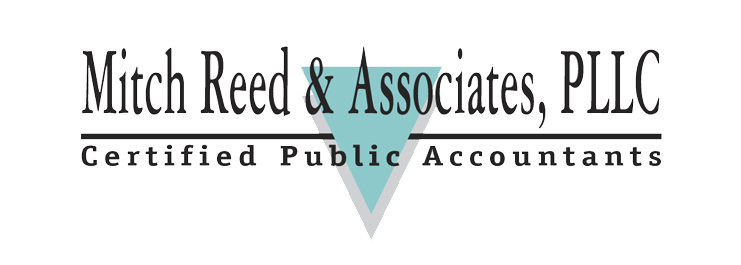2016 Tax Change Summary
/2016 Tax Change Summary
1. Tax penalties related to Obamacare are going up again. The Affordable Care Act imposed penalties for those not having qualifying health care coverage. Those penalties started at $95 per adult, or 1% of income above the filing threshold in 2014, but they rose to $285 per adult, or 2% of income above the filing limit in 2015. For 2016, penalties will rise again, hitting $695 per adult, or 2.5% of income. A family maximum will apply to the per-person amount, but the $2,085 amount will be substantially higher than the $975 in 2015, and the $285 in 2014.
2. Tax brackets are rising slightly. Most of the tax brackets that govern different classes of taxpayers are adjusted for inflation. For 2016, these bracket amounts are rising by roughly 0.4%.
3. Standard deductions are going up for head-of-household filers. The low inflation rate kept standard deductions for most taxpayers steady in 2016 from 2015 levels, including the single, married filing jointly, and married filing separately statuses. For those who qualify as heads of household, the standard deduction will rise $50 to $9,300 in 2016.
4. Personal exemptions are rising. The personal exemption that taxpayers are entitled to take on their tax returns will go up by $50 in 2016. That will give everyone an exemption amount of $4,050.
5. Contribution limits on health savings accounts are going up. Health savings accounts let people with high-deductible health plans set money aside on a pretax basis to cover the costs of their health care. For 2016, the contribution limit for individual policies will remain at $3,350, but the maximum contribution for family policies will rise by $100 to $6,750. A catch-up contribution of $1,000 for those 55 or older will continue to apply.
6. The Earned Income Credit is rising. The maximum allowable Earned Income Credit will go up modestly in 2016. For those with three or more qualifying children, the maximum credit will rise to $6,269, up $27. Those with two children will get a maximum $5,572, which is up $24 from 2015, while one-child families can get up to $3,373, $14 more than last year. Those without children get just a $3 bump and can claim up to $506 for 2016.
7. The exemption from AMT is higher. The alternative minimum tax has struck a growing number of taxpayers, making the exemption amount more important than ever. Single taxpayers will see their AMT exemptions go up $300 in 2016 to $53,900, while joint filers will see a $500 boost to $83,800.
8. The estate tax exemption is heading upward. The lifetime exemption amount for the gift and estate tax is tied to inflation, and it is slated to rise next year as well. The exemption amount will rise to $5.45 million, up $20,000 from 2015. The limit applies to estates of those who pass away in 2016.
9. Other tax provisions could change if not renewed. Nearly every year, lawmakers wait until the last minute to renew popular tax breaks, such as charitable distribution from IRAs, state sales tax deductions, teachers' write-offs for classroom supplies, and deductions for private mortgage insurance. As of early December, these provisions hadn't yet been renewed for 2015, but typically, lawmakers renew them retroactive to the beginning of the year. The same is likely in 2016 unless an extension provides for two years of relief rather than just one.
Many things aren't changing. Even though the 9 things listed above are changing, many other typical annual changes aren't happening. Contribution limits to 401(k) plans, IRAs, and flexible spending arrangements are all staying the same in 2016 as they were in 2015, reflecting the minimal amount of inflation in the economy.
Most people put off tax planning to the last minute, but by knowing about these coming changes before they take effect, you can do more comprehensive tax planning that will serve you better in 2016 and beyond.


